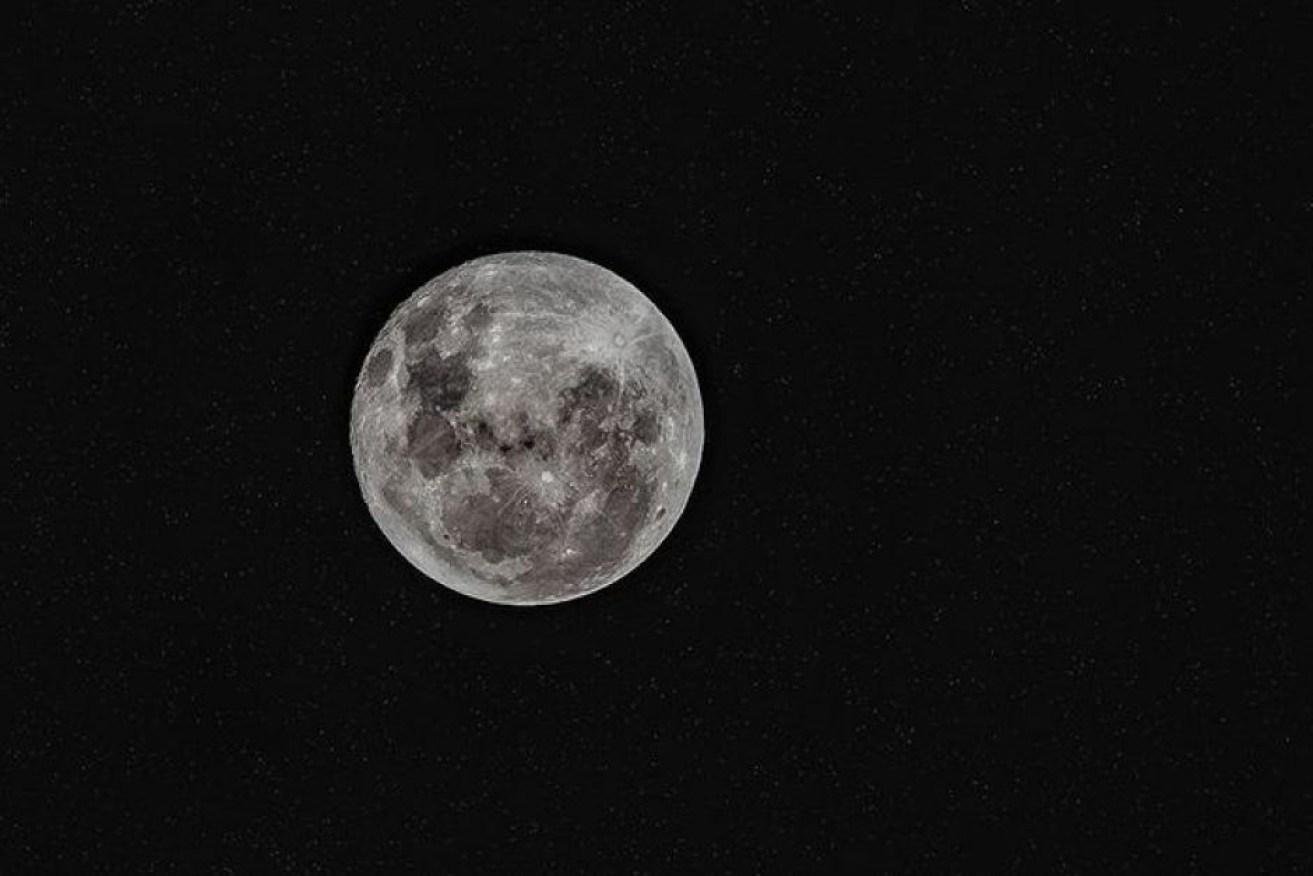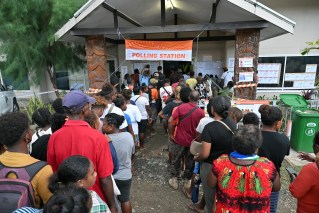‘Supermoon’ fuels police fears of bizarre behaviour

Supermoons can appear 14 per cent bigger than a full moon. Photo: ABC Photo: ABC
As stargazers prepare for tomorrow’s once-in-a-lifetime astronomical event, spare a thought for police.
The event, known as the supermoon, occurs when a full or new moon passes closer to Earth in its monthly orbit.
The result is that the Moon will be at its closest point to Earth in 70 years.
It’ll be a magical sight for some, but should police be preparing to deal with more outrageous behaviour from people than usual?
Despite a study completed by a Brisbane police officer last month that discounted a connection – “It was like a kid discovering Santa wasn’t real,” he said – there are police who swear a full moon prompts people to do odd things.
According to Fairfax, a sergeant rostered on for the night said: “I’m working arvo shift (3pm-11pm). Supermoon. It’s going to be f—ed.”
The ABC reports that the supermoon takes place three times in 2016 — October 16, November 14 and December 14.
The November supermoon is special because it will be “the closest full moon to date in the 21st century”, according to NASA.
It will become full just two hours after its closest approach to Earth, arguably making it an “extra-super Moon”.
It is not expected to appear again until November 25, 2034.
The term supermoon is not an official astronomical name.
It was coined by astrologer Richard Nolle in 1979 in an article for HOROSCOPE magazine.
Mr Nolle described it as a new or full moon occurring at or near — within 90 per cent of — its closest approach to Earth in a given orbit.
Why Moon’s closer to Earth at some times but not others
The astronomical community favours the name perigee-syzygy, or perigee moon.

Supermoon won’t appear again until 2034.
Photo: NASA
The word syzygy describes when the Earth, Sun, and Moon line up as the Moon orbits Earth, while perigee is the point on the Moon’s orbit nearest to Earth.
Perigee syzygy occurs as the Moon orbits close to Earth and the Moon is on the opposite side of the Earth from the Sun.
The distance between the Moon and the Earth varies by about 50,000 kilometres, which creates the effect, according to Dr Brad Tucker from Mount Stromlo Observatory.
“Everyone thinks the orbit of the Moon is a perfect circle — well, it’s actually slightly elongated,” he said.
Supermoons can be as much as 14 per cent bigger and 30 per cent brighter than a full moon at its furthest orbital point. But it is not always easy to tell the difference.
This is due to two key factors: weather and perception.
Firstly, a 30 per cent difference in brightness can easily be masked by clouds or the competing glare of urban lights, so the sky must be clear for people to see the full effect of it.
Secondly, one full moon can look much like any other, NASA said.
This is because there are no rulers floating in the sky to measure lunar diameters, so low-hanging moons can create “moon illusions” which make the Moon appear unnaturally large.
For those wanting to watch the “extra-super Moon”, the vice-president of the Astronomical Society of Victoria suggested to Fairfax to head out at dusk on November 14 “to an east-facing beach, or to the top of a hill or mountain with uninterrupted views to the east”.








